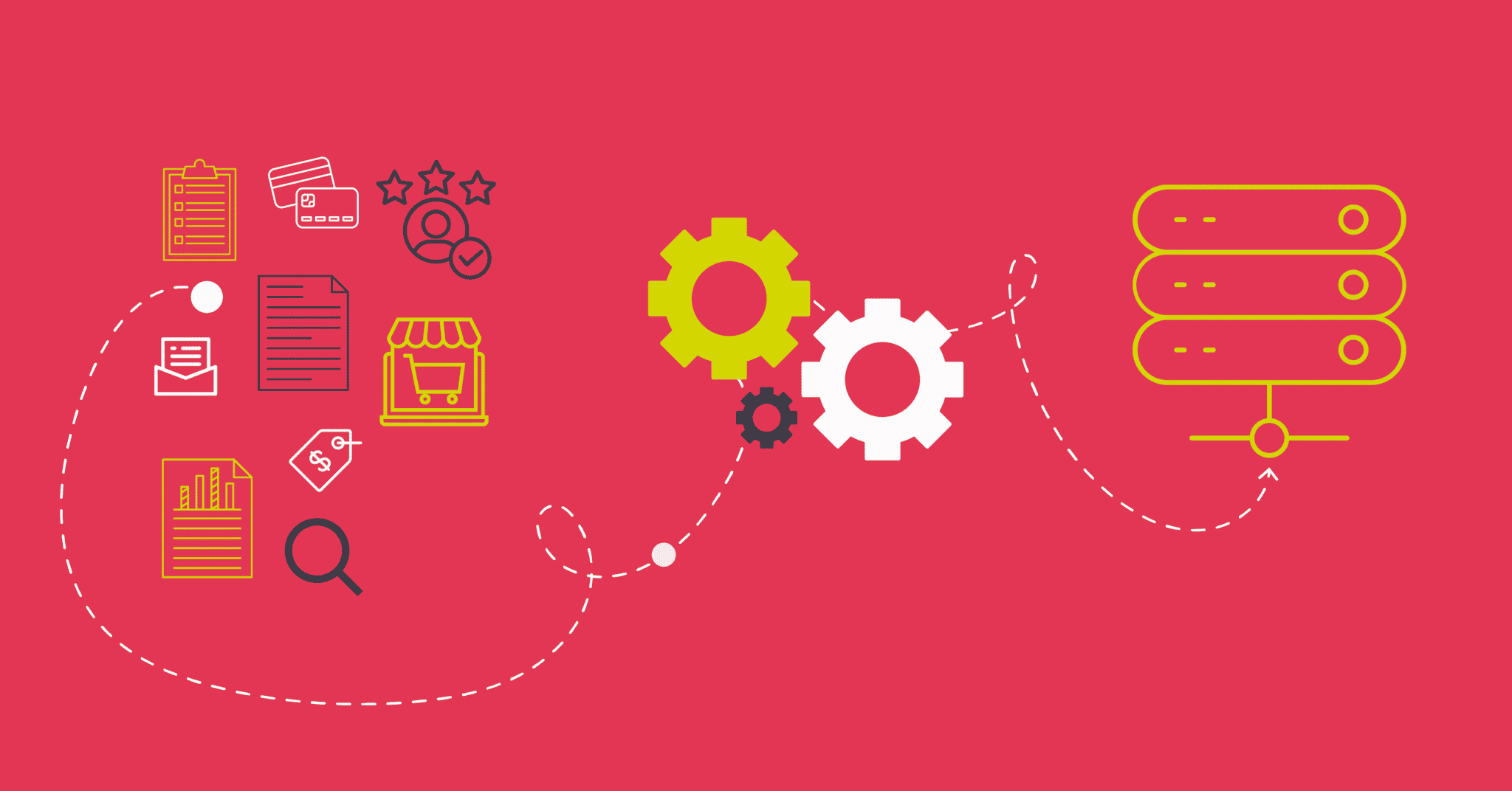
Data integration in ETL is the process of moving and transforming data from different sources to a structured and single data warehouse. That provides a unified single view of business data.
What is ETL?
ETL stands for extract, transform and load. It is a data integration process that moves data from a source or multiple to a data warehouse. According to IBM, “it combines data from multiple data sources into a single, consistent data store. It is then loaded into a data warehouse or other target system.”
ETL is a type of data integration which has increased in usage because of a widespread rise in database usage. As a result, ETL was introduced as a process to integrate and load data for analysis. This method soon became the primary method to process data for the likes of data warehousing projects.
ETL Process
The ETL process cleans, transforms and organises data in a way to address the specific business intelligence requirement. For example, monthly reporting. The ETL process can also tackle more advanced analytics. This can then improve back-end processes or end-user experiences.
The steps below indicate the nature of the ETL process. However, the specifics of each step, for instance, the structure required for the target system, greatly depends on the organisation’s specific requirements.
Extract
Firstly, the process involves retrieving unstructured data from different systems and migrating this to a staging area.
Clean
Secondly, the extracted data is cleaned. This is done to ensure data quality prior to data transformation.
Transform
Then the data is given a structure and converted to match the appropriate target or warehouse.
Load
The structured data is loaded into the appropriate data warehouse, so it can be analysed ad used.
Analyse
Finally, the processed data is analysed, enabling a business to gain insights from the configured data. As a result, leaders can make informed and intelligent business decisions.
An example of how an organisation may use ETL is to improve its customer service. By implementing an automated integration to carry out the ETL via batch processing. This can extract the relevant data from their eCommerce, sales, and marketing platforms.
Then by transforming the data and loading it into a single view for customer service teams it can provide a full picture. As a result, the data provides them with the opportunity to improve their services.
What is data integration?
Data integration provides a unified view of data that resides in different systems across an organisation. It involves integrating data from various sources such as databases into SaaS applications. This creates unified sets of information for operational and analytical purposes.
Data integration may be undertaken by an organisation to reduce data silos, replace or update legacy systems, and produce more business intelligence.
For instance, an organisation combines customer data across its sales, marketing, accounts and eCommerce platforms.
Importance of Data Integration
In the modern business world, organisations gather enormous amounts of data from a variety of different sources. For this data to be meaningful to an organisation it needs to be accessible for analysis, especially as new data enters an organisation every few seconds.
Therefore, data integration is important as it provides a unified view for business leaders. As a result, they can gain meaningful insights and actionable intelligence from efficient data management.
It is also important because it unlocks a layer of connectivity an organisation needs and allows for communication between SaaS applications.
What is the role of ETL in data integration?
Therefore the role of ETL in data integration is to be a tool for data transformation and integration. By extracting the necessary data and moving it into data repositories, these could be SaaS systems that are integrated so different departments can access the relevant structured data they need. Then and according to Confluent, “an organisation is able to achieve data continuity and seamless knowledge transfer.”
As a result of ETL and data integration, the whole organisation can benefit. This is because the process bridges gaps and busts open any data silos. As well as give structure and utilise the business data for analysis and intelligence.